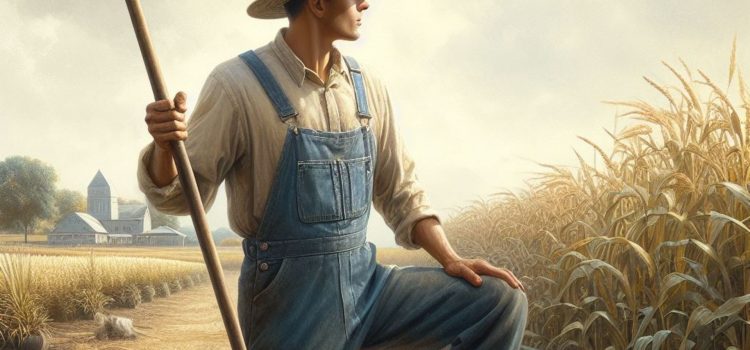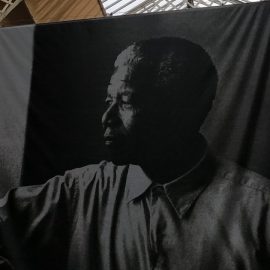
What were Christian men like during the Victorian Era? How and why did masculinity change around the turn of the 20th century?
A professor of history and gender studies at Calvin University, Kristin Du Mez, presents an intriguing perspective of Christianity in the Victorian era in her book Jesus and John Wayne. She focuses on men and masculinity and argues that they were quite different than they became in the 20th century.
Read more to understand Du Mez’s views.
Christianity in the Victorian Era
Du Mez contends that, to understand the development of evangelicalism during the first and second World Wars, it’s helpful to first understand the state of evangelical Christianity in the Victorian era—the time between the early 19th and early 20th century that roughly corresponds to Queen Victoria’s reign in England. She argues that Victorian era evangelicalism included a genteel notion of masculinity that eventually gave way to Teddy Roosevelt and the “muscular Christianity” movement.
Du Mez points out that, throughout the 19th century, men mostly worked hands-on jobs such as farming or operating small businesses. Virtues such as self-discipline were considered essential to masculinity as those virtues were essential to thriving as a businessman or an agrarian worker. The ideal Christian man was therefore a gentleman who worked hard and practiced restraint.
(Shortform note: Experts note that, in addition to self-discipline and restraint, the Victorian era also prized several other virtues that were socially relevant. For example, thrift—spending one’s money wisely—became a crucial virtue, given that Western society was relatively less prosperous during the Victorian era. Similarly, the lack of social support systems made self-reliance especially important.)
However, Du Mez maintains that this model of masculinity began to erode during the late 1890s, as the evolving US economy changed the nature of men’s jobs. Rather than working hands-on jobs, men migrated to cities and began working corporate jobs in offices. In turn, for many men who had previously identified their masculinity with their work, this sense of masculinity felt threatened as the new office jobs didn’t require the same manly strength as their previous work.
(Shortform note: Although the changing nature of work at the turn of the century was difficult for men to accept, it helped make work more accessible for women, leading to an increased percentage of women in the workforce—18% of the women above 16 years old were employed in 1900, a number that gradually increased to around 22% by 1910.)
Du Mez says that, under 26th US President Teddy Roosevelt, a new brand of rugged Christian masculinity arose in response to this perceived threat. She notes that Roosevelt’s election in 1901 popularized his conception of masculinity, where men were akin to rough Western cowboys who used violence to protect the innocent. Moreover, she points out that Roosevelt’s rugged conception of masculinity took on a distinctly evangelical flavor through the “muscular Christianity” movement, in which evangelical men rejected pacifism and instead embraced an aggressive view of masculinity that justified violence against one’s enemies in war.
(Shortform note: In addition to sparking greater enthusiasm for violence in war, the muscular Christianity movement also sparked a desire for violence in sports, according to experts. These experts contend that, because the muscular Christianity movement placed a high premium on physicality in sports, it was responsible for “saving football” in the early 1900s by celebrating the violent hits that had become common in football at the time. Thus, football became immensely more popular during the early 1900s as it fulfilled muscular Christianity’s craving for violence.)






